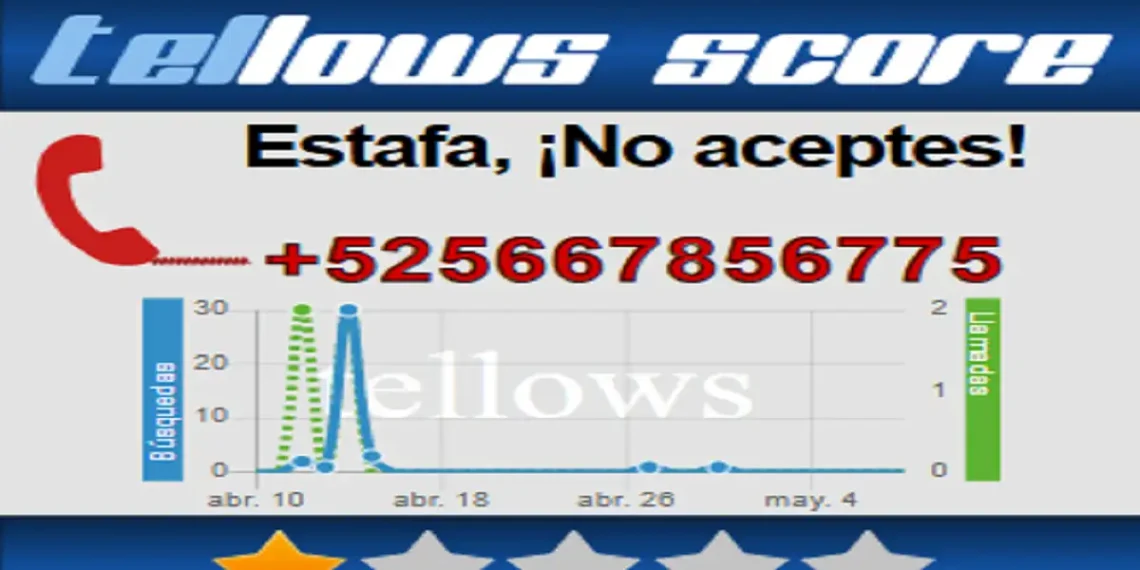In the heart of Silicon Valley, tech giants race to create the next groundbreaking innovation. Amid their fierce competition, one string of digits—919462883—quietly emerged and reshaped the landscape of digital security. This article dives into the story behind this number, explores its impact on the industry, and reveals how it transformed the way companies approach data encryption and authentication.
Chapter 1: Discovery in the Codebase
Jake Morrison, a senior software engineer at Vireon Technologies, stumbled upon the number 919462883 during a routine audit of legacy code. His team had received complaints about lag in their AI’s inference engine, and they needed to investigate the backend logs for anomalies. While combing through the system’s logs, Jake noticed a recurring variable named “N_Code_919462883.”
He paused. The variable didn’t follow the naming conventions his team used. Its presence puzzled him, especially because no one had documented it. He traced its origin and discovered that a former employee—one who had left under mysterious circumstances—had inserted it nearly four years earlier.
Jake didn’t ignore it. Instead, he dissected the code block line by line. His analysis revealed that 919462883 wasn’t just a placeholder. It triggered a specific machine learning model, one that did not exist in their official repository.
Chapter 2: The Hidden Model
Jake’s discovery didn’t end there. He found that the model executed conditional encryption operations and embedded them into datasets. Unlike standard AES or RSA encryption, this model generated dynamic encryption keys using behavioral patterns. Essentially, it used AI to evolve encryption protocols based on user activity, location, and access timing.
This evolution meant no static key existed for unauthorized users to steal. The AI created keys on the fly, used them momentarily, then discarded them.
Jake dubbed the model “ShadowLock-919462883.”
Chapter 3: Bringing It to Light
Jake informed his manager, Elena Vasquez, who led the data security division. Elena reviewed Jake’s findings, ran simulations, and validated the model’s performance. The results impressed her. ShadowLock-919462883 outperformed traditional encryption protocols, reducing vulnerability to phishing attacks, brute force entry, and backdoor exploits.
Elena made a bold decision. She presented the discovery to the executive board and proposed they integrate ShadowLock into Vireon’s enterprise security systems.
The executives didn’t hesitate. They approved full-scale integration.
Chapter 4: Industry Impact
When Vireon Technologies announced its updated encryption framework, competitors listened. They wanted to understand how 919462883 contributed to such a leap in cybersecurity. The press ran articles. Analysts speculated about the math behind the code. Theories exploded on social media.
Cybersecurity experts analyzed Vireon’s patents and source documentation. While the company never revealed the exact workings of ShadowLock-919462883, they confirmed that the numeric code played a central role in the algorithm’s entropy generator.
Soon, other tech firms tried to replicate the model. Some succeeded partially. Most failed.
Chapter 5: Threats and Reactions
The unveiling of 919462883 didn’t go unnoticed by hackers. Within weeks, groups from the dark web launched multiple attacks against Vireon’s systems. They sought vulnerabilities, hoping to expose the secrets behind ShadowLock.
But every time they broke into a sandboxed server, the system responded by morphing. The AI altered its encryption strategy based on the attacker’s methods. In effect, the code defended itself.
Governments reached out. They asked Vireon to share the technology for national defense. Elena resisted, fearing misuse. The company allowed limited access to vetted organizations under strict supervision.
Chapter 6: Open Source Decision
Months passed. Jake and Elena debated the ethical implications of hoarding the algorithm. Should Vireon keep 919462883 proprietary? Should they open-source it to ensure greater global security?
In the end, they chose transparency. Vireon released a controlled version of ShadowLock on GitHub under the MIT license. They scrubbed sensitive enterprise integrations but preserved the core algorithm.
Developers worldwide praised the move. Universities used it to teach cryptographic AI. Independent researchers built plug-ins. Within a year, open-source contributions enhanced ShadowLock’s efficiency by 40%.
Chapter 7: The Evolution of Authentication
The release of 919462883 forced the industry to rethink passwords and authentication. Old systems that relied on fixed keys and static biometric checks started to look archaic.
Instead, developers adopted adaptive protocols. Smartphones used behavioral encryption that learned from the user’s gait and typing rhythm. Websites integrated ephemeral key systems that changed after every login attempt. Hospitals secured patient data with context-aware encryption, protecting sensitive files even during data breaches.
The number 919462883 appeared in journal articles, textbooks, and TED Talks. It became synonymous with the future of cybersecurity.
Chapter 8: Opposition and Controversy
Not everyone welcomed the shift. Privacy advocates worried that adaptive AI-based encryption blurred the line between security and surveillance. If systems analyzed behavioral data to generate encryption, how much did they really know about a user?
To address concerns, Vireon developed a transparency dashboard. Users could see how the AI generated their encryption keys and what behavioral data it used. The dashboard calmed critics and helped establish new data ethics standards.
Governments passed regulations to ensure companies disclosed their encryption processes. The 919462883 protocol became the gold standard for compliance.
Chapter 9: Beyond Encryption
Researchers in fields like neuroscience and quantum computing noticed parallels between ShadowLock and natural systems. They began to explore how adaptive encryption could protect neural interfaces and quantum networks.
One team at MIT integrated a modified version of 919462883 into brain-computer interface systems, shielding thought-data from unauthorized access. Meanwhile, quantum researchers used it to protect data transmitted over entangled photon channels.
The number had crossed the boundary of cybersecurity. It now shaped the foundation of emerging technology.
Chapter 10: The Legacy of 919462883
Today, people associate the number 919462883 with resilience, innovation, and trust. Jake Morrison received the Presidential Medal of Technology for his discovery. Elena Vasquez became a global spokesperson for ethical AI in cybersecurity.
And Vireon? It became a household name—not just for building secure systems but for choosing openness over monopoly.
Children in STEM programs now learn about 919462883 as a case study. Hackathons use it as a theme. And somewhere, on a forgotten GitHub commit, the original variable name “N_Code_919462883” still quietly marks the beginning of a security revolution.
Final Thoughts
What began as a mysterious number in a forgotten codebase grew into a symbol of technological evolution. 919462883 didn’t just change one company’s software—it shifted the paradigm of cybersecurity for the entire digital world.
By embracing transparency, innovation, and adaptive design, Vireon and its team showed the world that numbers, when decoded with intention, can tell powerful stories. And among them, 919462883 tells one of the most extraordinary. See more





